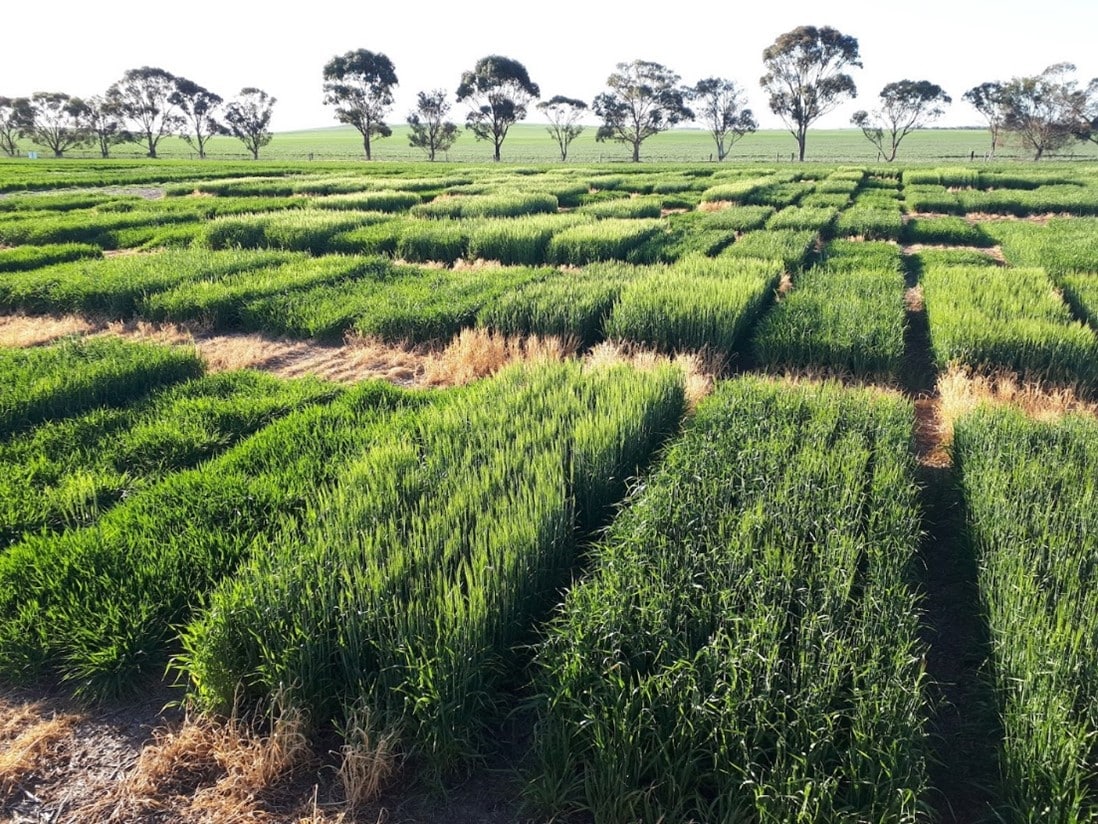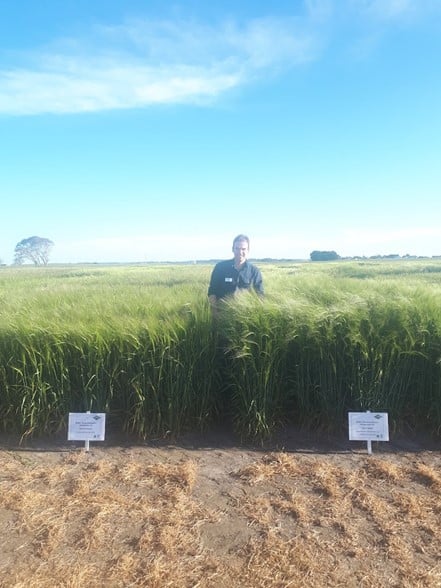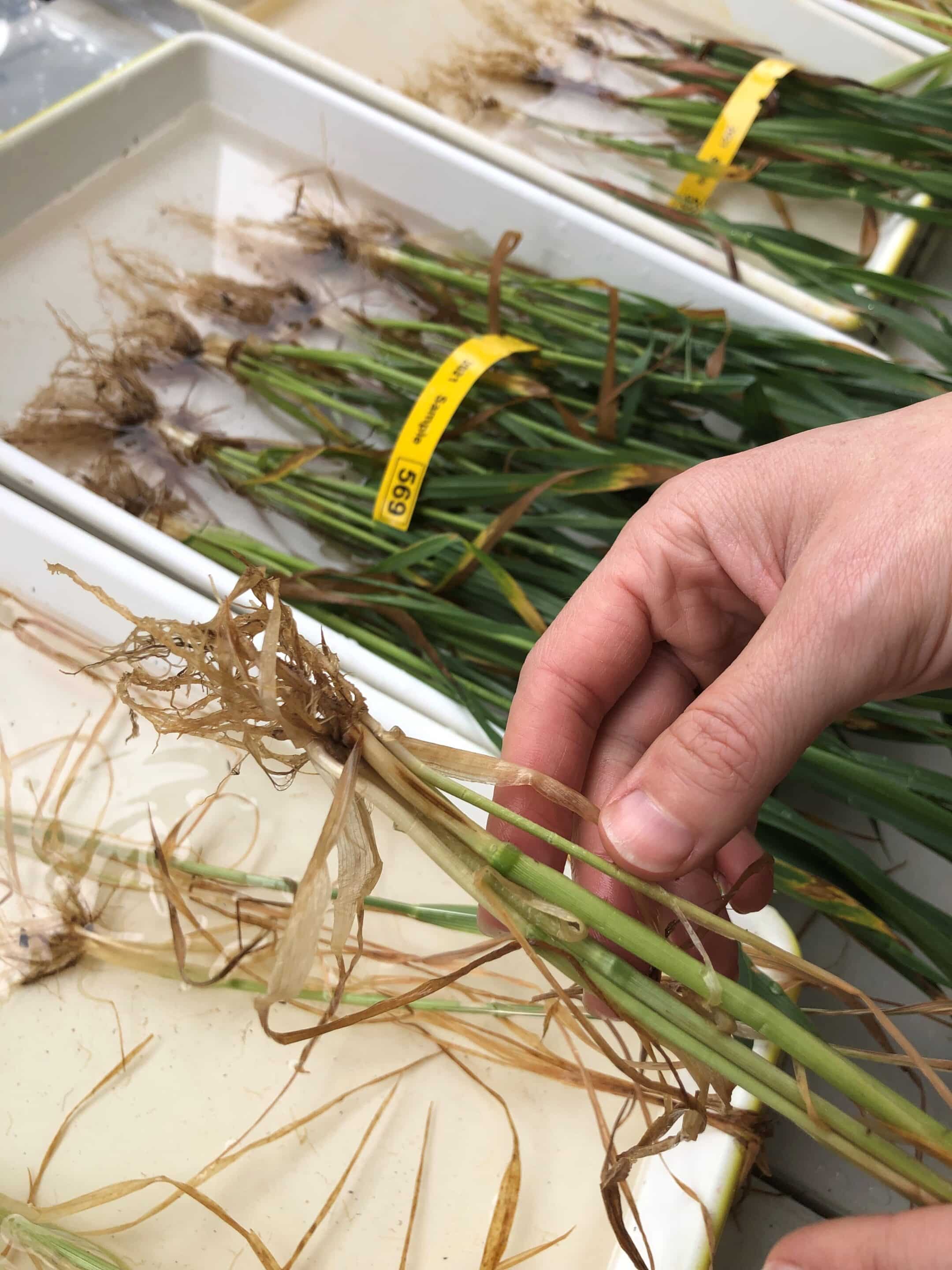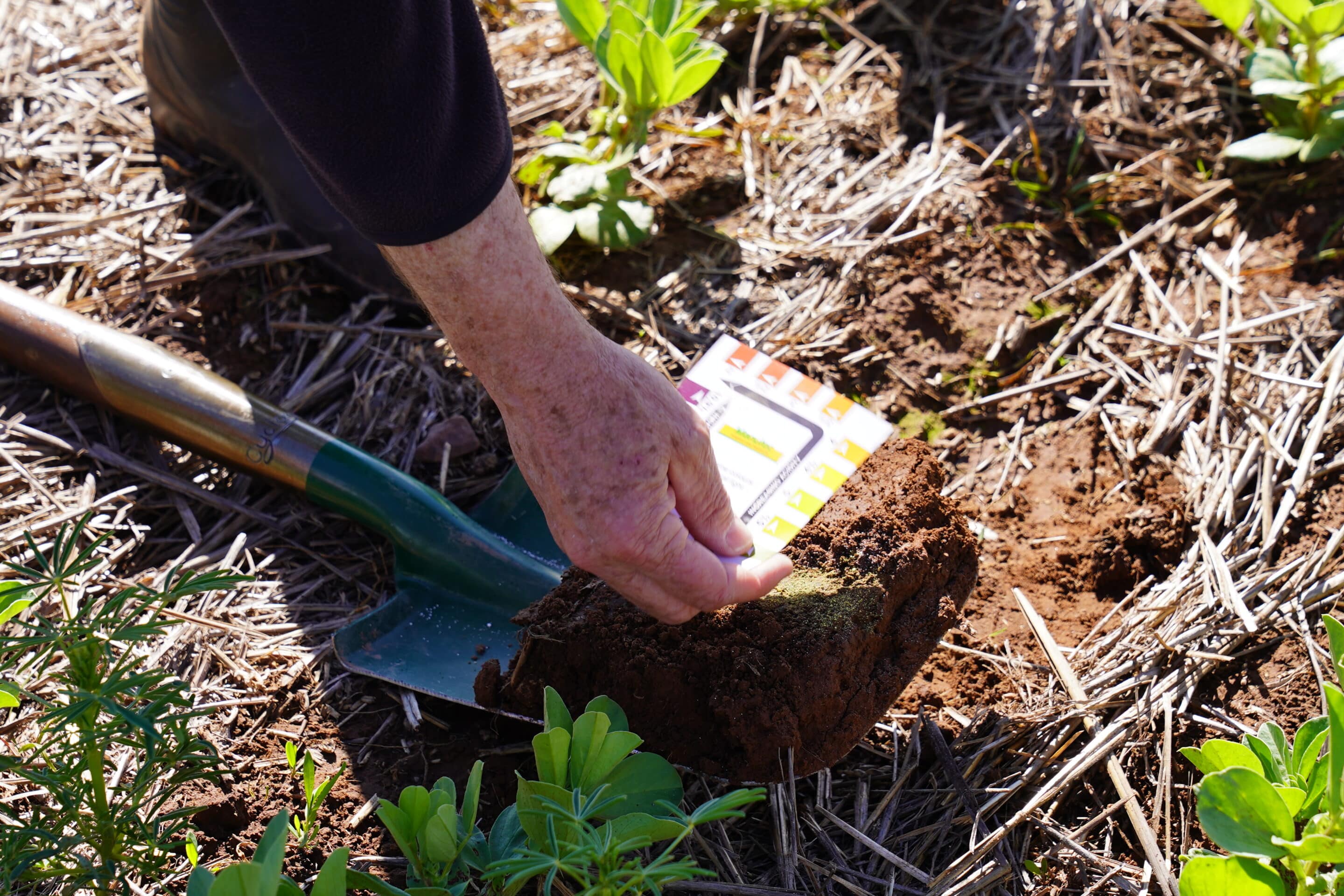START
FINISH
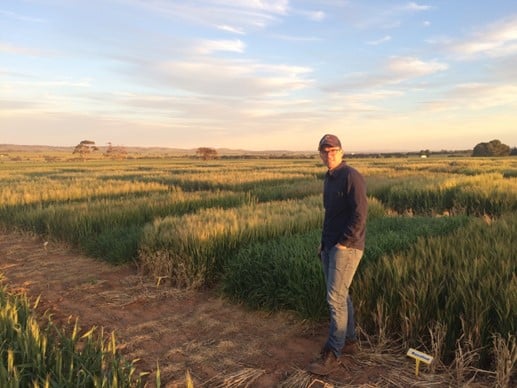
Summary
This project investigated whether earlier sowing (prior to April 20) of slower developing winter barley cultivars could increase yields in the South East and Mid North higher rainfall zones (HRZs) of South Australia. This is the first time these European genetics were trialled in SA.
Slower development types of barley showed promising results, particularly with respect to grazing value and frost avoidance, but struggled to convert extra biomass to yield. Faster developing spring cultivars achieved similar yields, demonstrating that existing spring barley options remain better adapted to SA’s HRZs.
Background
Recently introduced slower developing barley cultivars provide an opportunity to sow earlier in the season and lengthen the crop cycle. Matching crop flowering date to the local environment builds on physiological principles that a longer duration of the critical period (in the 30 days prior to flowering in barley) results in higher yields, with crop growth rate and partitioning during the critical period also influencing yield. We hypothesised that early sowing of slower developing cultivars would enable better environmental conditions during this critical period and thus increase grain yield. Ultimately, these cultivars may help growers replicate the transformational success of winter wheat, which routinely yields above 12 tonnes per hectare compared to the highest barley yields of under 10 tonnes per hectare in the HRZs.
Research Aims
The core objectives of the project were to:
- Evaluate the potential of novel slower developing barley varieties to increase profitability in the HRZs of South Australia compared to current spring barley benchmarks.
- Demonstrate the possible improved grazing and grain yield of untried (as of 2018) novel European germplasm as a new management tool for HRZ growers.
In The Field
A range of Australian and European spring and winter barley cultivars were planted and established prior to 20 April at Tarlee (Mid North) and Millicent (South East). Millicent was characterised by cooler conditions during grainfill and more than double the winter rainfall compared to Tarlee, which had more extreme cold (frost) and heat events during the flowering window in September.
Agronomic interventions included a single application of the plant growth regulator Moddus Evo® (200ml per hectare) was at Z31 (stem elongation stage, first node detectable). Grazing treatments were simulated by defoliation at: (a) the 5‑leaf stage and Z30 (youngest leaf sheath erection); and (b) Z30 alone. Control plots were untreated.
Measures of biomass removal, onset of stem elongation, flowering time, harvest index, yield, yield components and grain quality were conducted on every plot. Sites were managed for nitrogen, based on water-limited yield potential, and a full fungicide regime was applied.
Results
Winter cultivars achieved stem elongation later than spring cultivars, though the fastest winter cultivar (Urambie) was similar to the slowest spring cultivar (Oxford). The longer vegetative period of winter cultivars allowed for prolonged grazing periods and provided more biomass for feed.
Millicent was significantly higher yielding (7.2 tonnes per hectare average) than Tarlee (4.8t/ha average). There was no significant relationship between flowering date and yield at Millicent, and spring and winter cultivars yielded similarly. At Tarlee, fast-developing cultivars achieved better yields.
Despite large differences in flowering date, the highest yielding spring and winter cultivars achieved similar yields at both sites. At Millicent, the highest yielding spring cultivars were RGT Planet and Rosalind, with a UK Winter genotype the highest yielding winter cultivar. At Tarlee, the winter cultivar Urambie achieved yields similar to those of the best performing spring cultivar Compass, despite a month difference in flowering date.
At Millicent, the major drivers of yield differences were factors other than phenology (seasonal cycles), such as lodging and a combination of poor biomass accumulation and partitioning. Winter cultivars were more prone to lodging at Millicent, while lodging did not occur at Tarlee. Overall, the management intervention of grazing had the biggest effect on grain yield.
The single application of the plant growth regulator reduced the incidence of lodging and increased yield in some spring cultivars at Millicent (by 0.8–1.1t/ha in the European cultivars RGT Planet, Hacker and UK Winter), but did not have a significant influence on yield at Tarlee.
Management interventions had little effect on grain quality, which depended primarily on cultivar differences.
Project Participants
SARDI: Kenton Porker (now CSIRO), Melissa McCallum (SAGIT/GRDC intern), Amanda Pearce, Kirsty Dickenson
Field Applied Research (FAR) Australia: Nick Poole, Kat Fuhrman
The Problem
Growers in high rainfall zones would benefit from access to winter barley cultivars that achieve yields significantly higher than those of current cultivars.
The research
Newly developed slow-growing winter barley cultivars were planted early in the season to determine if lengthening the crop life cycle increased yields relative to faster-growing spring cultivars.
More information
Dr Kenton Porker, CSIRO. M: 0403 617 501; E: [email protected]
Value for Growers
The project improved growers’ understanding of yield physiology, and increased grower confidence and belief in their ability to achieve much higher yields than previously thought in the HRZs. This has fostered an appetite for more research in these areas. The collaboration with FAR Australia in the South East helped secure further research investment from GRDC, with winter barley cultivars incorporated into GRDC’s Hyper Yielding Crops initiative for further feasibility studies and genotype evaluation. Building a relationship with European breeding companies was also an important outcome.
Although winter cultivars provide a longer grazing window, their lack of yield advantage highlights the need for more germplasm development for the HRZ.

